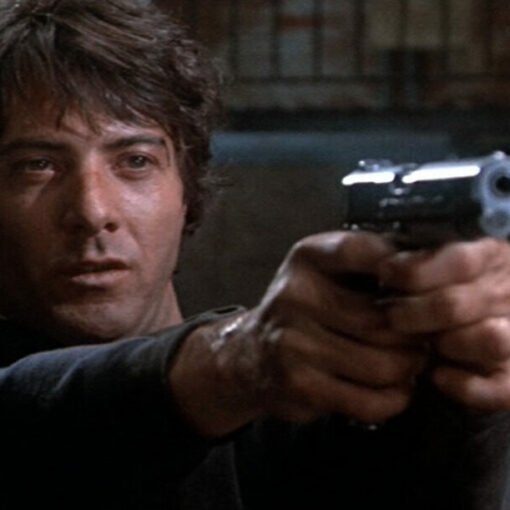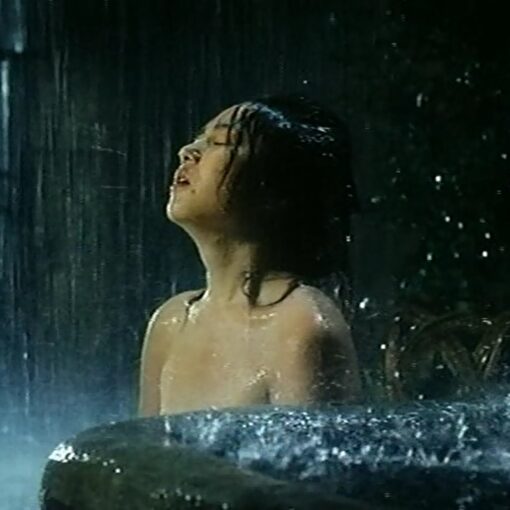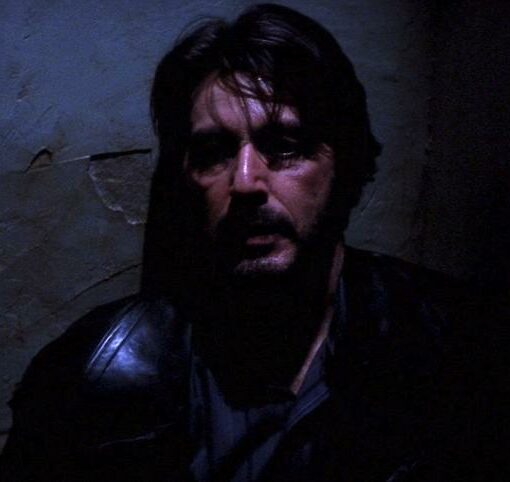Fifteen years after it first dazzled, thrilled, disgusted and challenged audiences, The Cell (2000), the story of a woman’s descent into the warped, violent, fantasy-filled mind of a serial killer, still fascinates.
Utilizing a performer known for her striking visual presentation—brought to vivid life in her still-going-strong career as a pop singer—Jennifer Lopez expands on the opportunities afforded her in the stellar Selena—and brings her signature, highly marketable, earthiness—used to great advantage in million dollar concoctions like Maid in Manhattan and Monster in Law, to an unabashed, unapologetic, genuinely unsettling film.
As exhausted “exceptionally talented” case worker Catherine Deans—at times a willing inhabitant of the minds of her patients, Jennifer Lopez is many things; all at once: a sword wielding leather-clad dominatrix, a serene, caped and ethereal Virgin Mary, a couture swathed winged and be-feathered bird-woman and, of course, “Jenny from the Block”: a stunningly beautiful, exquisite bodied movie star in possession of an uncommon naturalness.
It’s heady stuff this treatise on the disenfranchised, misunderstood and, as it turns out, undiagnosed. Illicit desires and hidden depravity are a part of The Cell’s sordid mix. So is an omnipresent essential truth: none of us is in control of anything and if proof be needed, some of us will be captured like animals, put on display and tortured—while a camera obscenely documents and broadcasts our demise for the demented enjoyment of others.
In the role of Peter Novak, a police detective who seems to know a lot about suffering and being an outsider, Vince Vaughn equals Lopez in his commitment to character. Confused but determined, lazy but unrelenting, he is a real person struggling with unreal situations: what exactly is the protocol when entering a person’s mind—especially when that person is a comatose sadistic murderer who holds the key to his last, barely still alive, victim’s whereabouts?
Vincent D’Onofrio is Carl Stargher the serial killer whose “cell” (a glass enclosed chamber that he holds people in—and then slowly fills with water) is the centerpiece of the film. A jittery, plain-faced, misanthrope who collects dolls, hallucinates and self mutilates—a hook bound, hanging-from-the rafters masturbation scene is repulsively personal, D’Onofrio creates a character that we both despise and through our privileged visits into his twisted, abuse filled mind, are not wholly surprised by.
Directed with sleek, studied precision by Tarsem Singh—whose credits at the time were popular music videos: REM’s “Losing My Religion”; En Vogue’s “Hold On”—at every turn Singh, through the use of quick cuts, fractured and disembodied images and shaky, documentary style camera work, delivers more than Mark (Thor, I Am Legend) Protosevich’s stellar script calls for. He provides an over the top, state of the art auxiliary: a haunting collection of artful ideas and base images. Glossy depravity.









